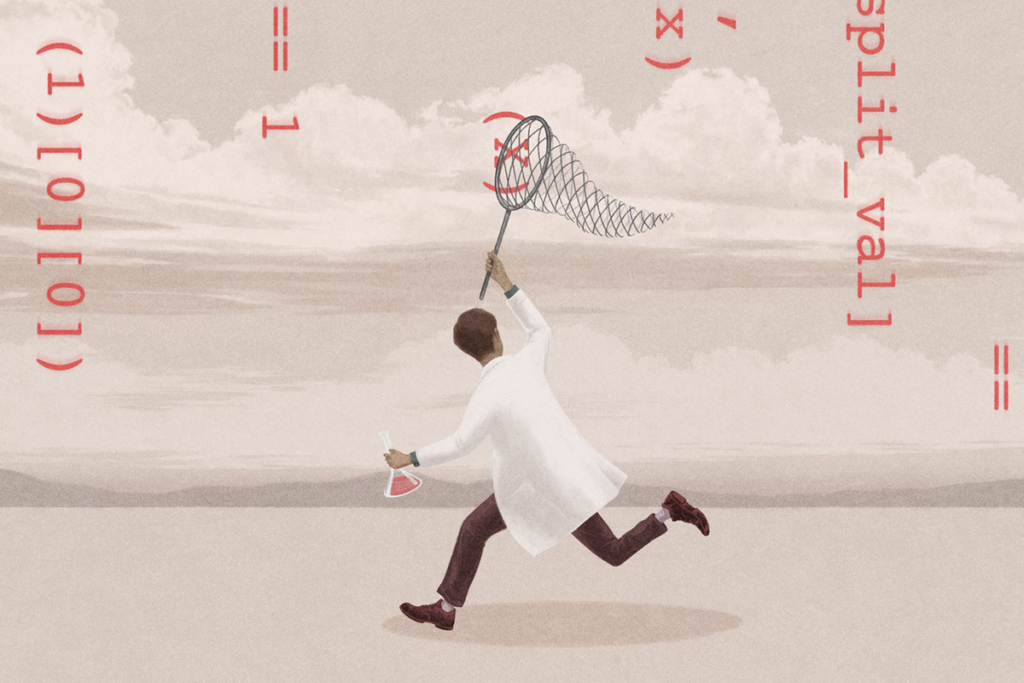Live DSM-5 discussion
Listen to our virtual roundtable on the DSM-5 criteria for autism, featuring Thomas Insel, Catherine Lord and Helen Tager-Flusberg.
On 29 May, we hosted a live ‘virtual roundtable’ on the criteria for autism in the newly published DSM-5, the 5th edition of the Diagnostic and Statistical Manual of Mental Disorders.
The panelists included Thomas Insel, director of the National Institute of Mental Health; Catherine Lord, DSM-5 working group member and director of the Center for Autism and the Developing Brain in New York City; and Helen Tager-Flusberg, director of the Research on Autism & Developmental Disorders program at Boston University.
You can listen to the complete discussion above.
Following the DSM-5’s publication last week and a preemptive announcement from the National Institute of Mental Health that it will be directing research away from DSM categories, we heard important clarifications about what the DSM-5 is, and what it is not. We also heard Insel’s vision for how he expects researchers to use the proposed Research Domain Criteria.
Listeners asked many questions, making for a lively and informative discussion about the new guidelines’ impact on autism diagnosis as well as on research. Add your voice by posting reactions and follow-up questions in the comments section below.
Panelists
Catherine Lord Director, Center for Autism and the Developing Brain
Thomas Insel Director, National Institute of Mental Health
Helen Tager-Flusberg Director, Research on Autism & Developmental Disorders, Boston University
The panel was moderated by science journalist Sarah DeWeerdt, a regular contributor to SFARI.org.
Recommended reading
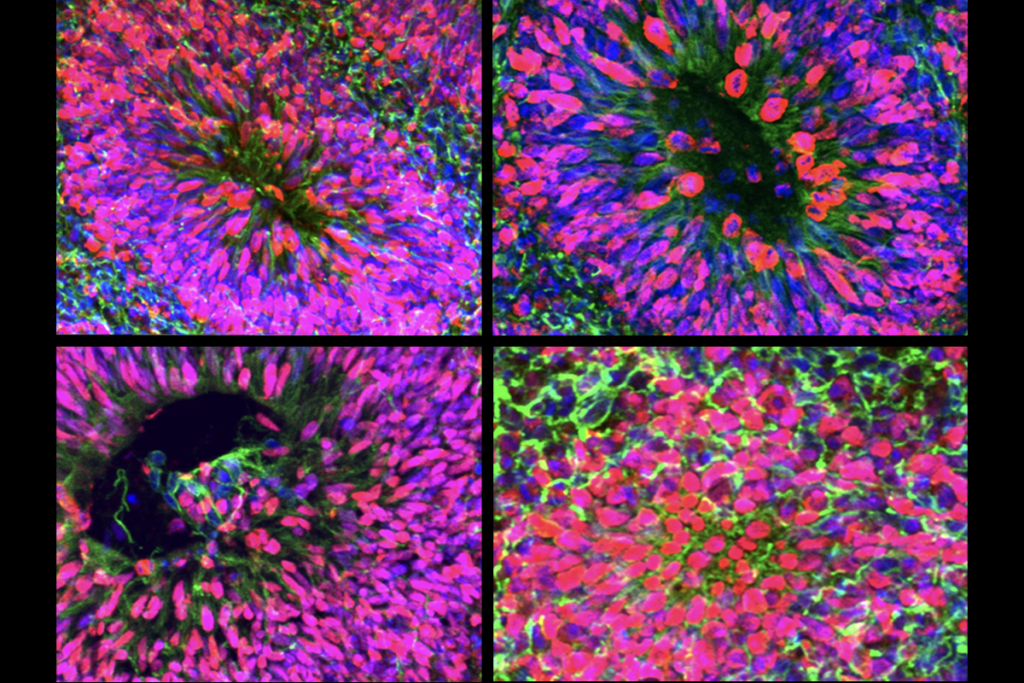
New organoid atlas unveils four neurodevelopmental signatures
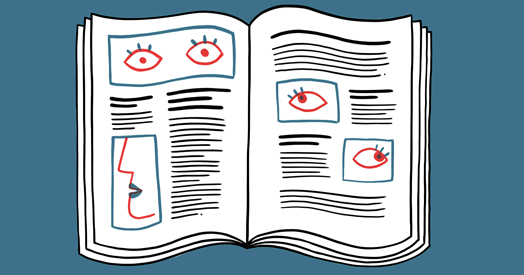
Glutamate receptors, mRNA transcripts and SYNGAP1; and more
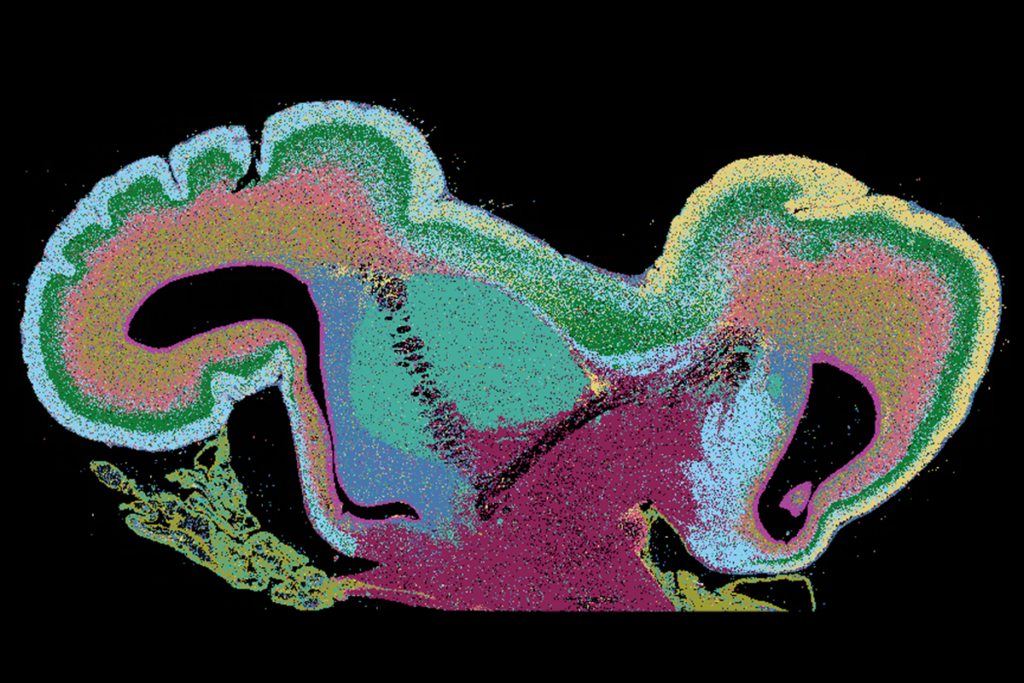
Among brain changes studied in autism, spotlight shifts to subcortex
Explore more from The Transmitter
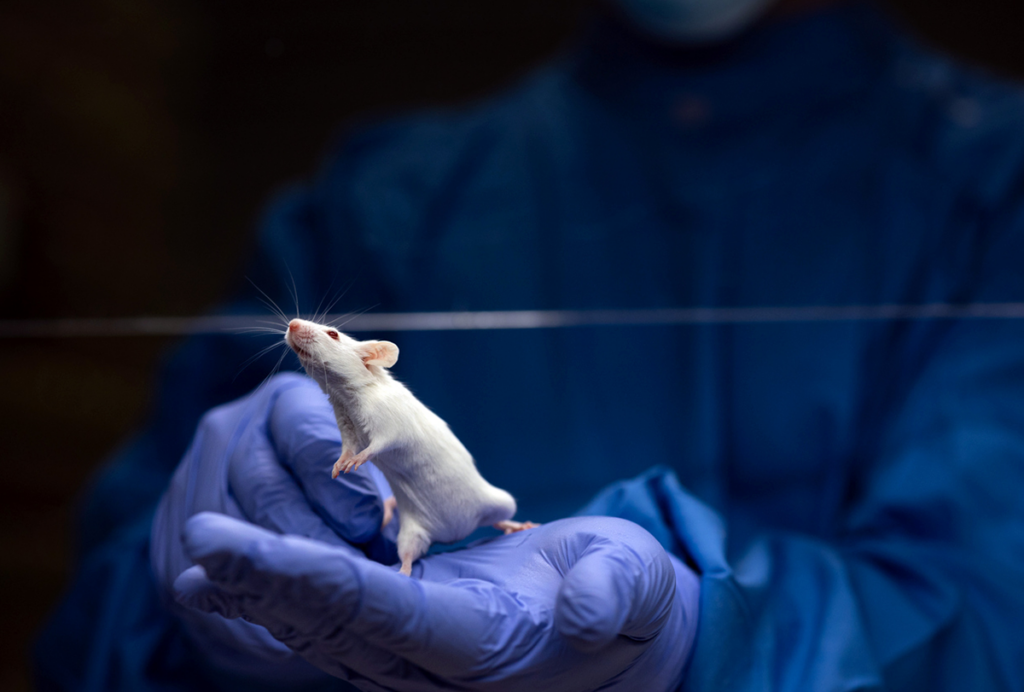
Psychedelics research in rodents has a behavior problem
Can neuroscientists decode memories solely from a map of synaptic connections?
